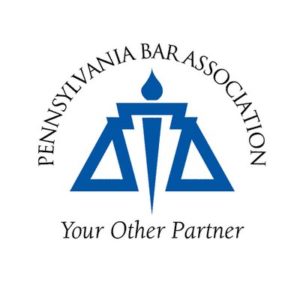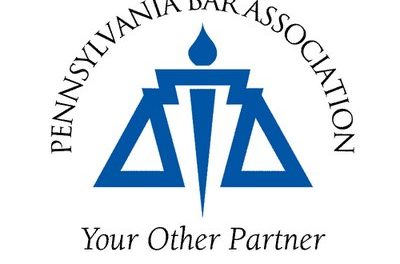Rule barring harassment and discrimination by licensees violates First Amendment
 A federal judge in Pennsylvania, in a March 24 opinion, struck down state bar rules prohibiting harassment and discrimination on a number of protected grounds, holding that the rules, which he said loosely defined those prohibited activities, violated First Amendment restrictions by improperly targeting protected speech.
A federal judge in Pennsylvania, in a March 24 opinion, struck down state bar rules prohibiting harassment and discrimination on a number of protected grounds, holding that the rules, which he said loosely defined those prohibited activities, violated First Amendment restrictions by improperly targeting protected speech.
The plaintiff, Chad Greenberg, is a staff member of the Foundation for Individual Rights in Education, a conservative advocacy group. He brought suit to challenge a Pennsylvania attorney conduct rule intended to prevent harassment or discrimination based on several grounds: “race, sex, gender identity or expression, religion, national origin, ethnicity, disability, age, sexual orientation, marital status, or socioeconomic status.” Greenberg argued that the rule placed unconstitutional content- and viewpoint-based restrictions on speech.
Judge Chad Kenney, conducting the case in the Eastern District of Pennsylvania, granted summary judgment to Greenberg. The judge agreed with Greenberg that the challenged rules regulated speech, not just conduct.
“Harassment” was defined in the rule as “conduct that is intended to intimidate, denigrate or show hostility or aversion toward a person,” and the judge wrote that prohibitions of those particular actions affected protected speech and necessitated “the policing of expression.”
The judge also interpreted the rule as applying too broadly because it covered interactions outside of a court or with a client while engaged in direct practice. Speeches, communications, debates, presentations, or publications are within the rules’ scope if they occur within the contexts of a legal proceedings, representation of a client, operating or managing a law firm or practice, and various activities and conferences where CLE credits are offered, Judge Kenney pointed out.”
Thus, a plain reading of the Amendments restricts speeches, communications, debates and presentations–—all of which obviously involve speech—at conferences, seminars, and other activities.” The American Bar Association interprets its rules, which are similar, as barring racial, ethnic, and gender-based slurs; thus, the Pennsylvania rule burdened speech
The state defendants argued that Pennsylvania has authority to regulate professional speech, but, again, the court disagreed. “Pennsylvania has an important interest in regulating licensed attorneys and their conduct related to the fair administration of justice,” Judge Kenney wrote. “That interest, however, does not give the government the authority to regulate attorneys’ speech without limits.”
“The state simply does not have the authority to police professionals in their daily lives to root out speech the state deems below ‘common decency’ . . . That nebulous notion of decency, combined with the exceptional authority the state would have if allowed to monitor attorneys outside of judicial proceedings and representation of a client and determine whether they are decent enough causes this Court grave concern.”
Judge Kenney also held that the challenged rule was an improper viewpoint-based restriction on speech. He cited Matal v. Tam, a Supreme Court case that struck down a prohibition on racist trademarks. He also held that the rule engaged in unconstitutional content-based restriction.
Addressing whether the rule’s purpose and scope could justify its intrusion into free speech, Judge Kenney disparaged the large quantity of different, largely unfocused justifications put forward by the state defendants. These amorphous arguments are “untethered to attorneys or Pennsylvania or any of the contexts listed in the Amendments. . . Defendants provide no evidence whatsoever that harassment and discrimination among attorneys in Pennsylvania is a rampant issue requiring government interference.”
Kenney also found that the rule’s strictures were not narrowly tailored to address its stated ends, stating that the rules “reach well beyond the scope of administration of justice or anything remotely involving the courts.” Nor was the rule the least restrictive means of achieving those goals, as anti-discrimination and harassment rules already exist to govern legal proceedings, and it was overbroad.
Last, Kenney found that the language of the challenged restriction was too vague for affected persons to understand what conduct was being prohibited, and the language allowed for imprecise enforcement. The rule used “made-up” definitions of words that vary from common understandings, he wrote. For example, the definition of “harassment” was impermissibly broad, he said, noting that it differed greatly from the definition of that word in a criminal law setting.

